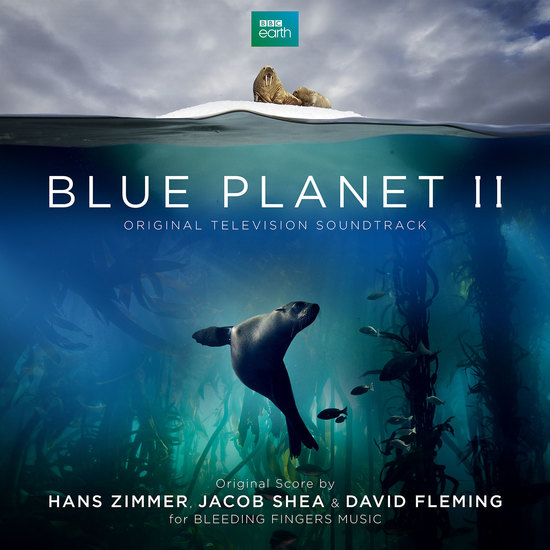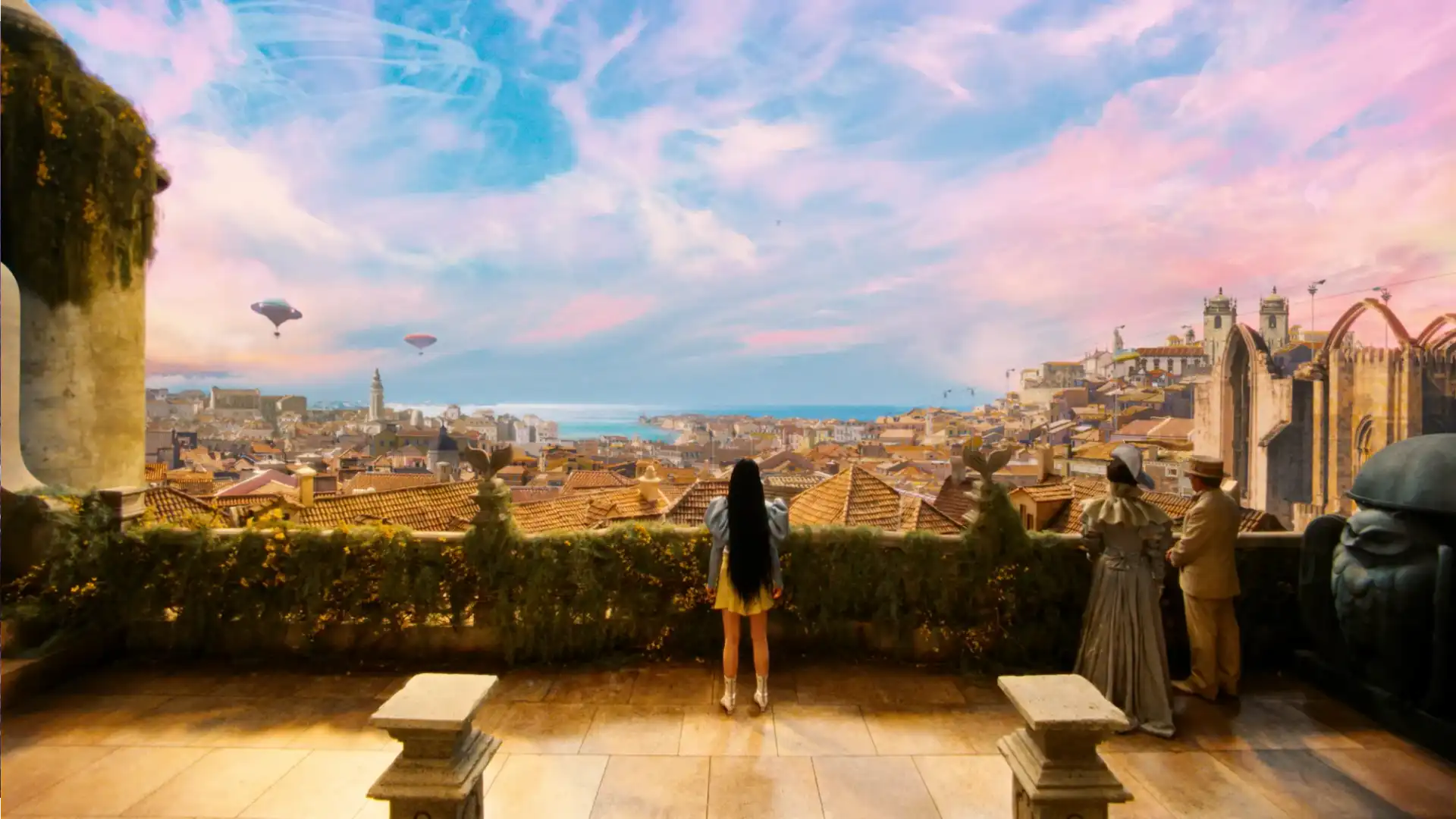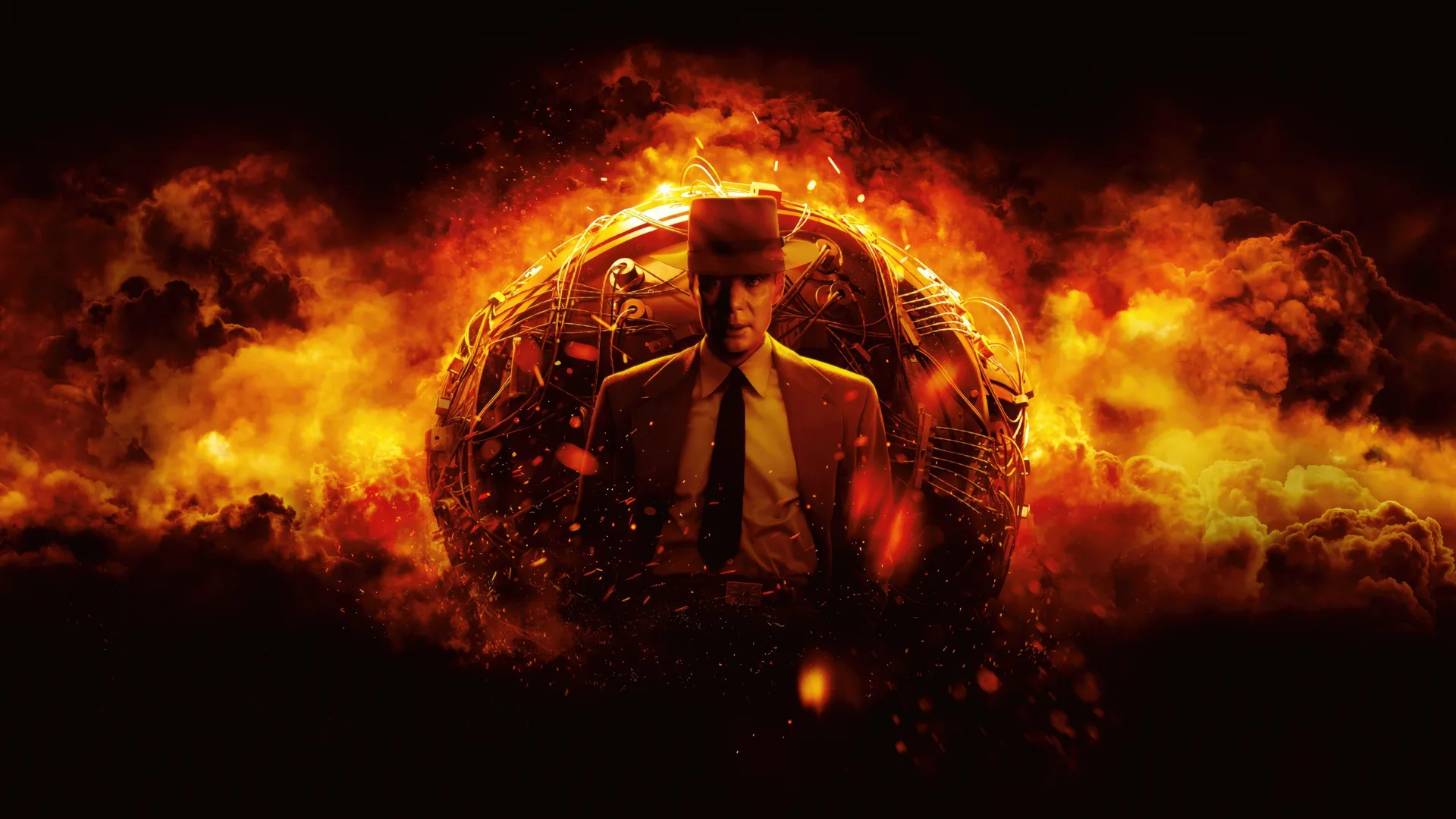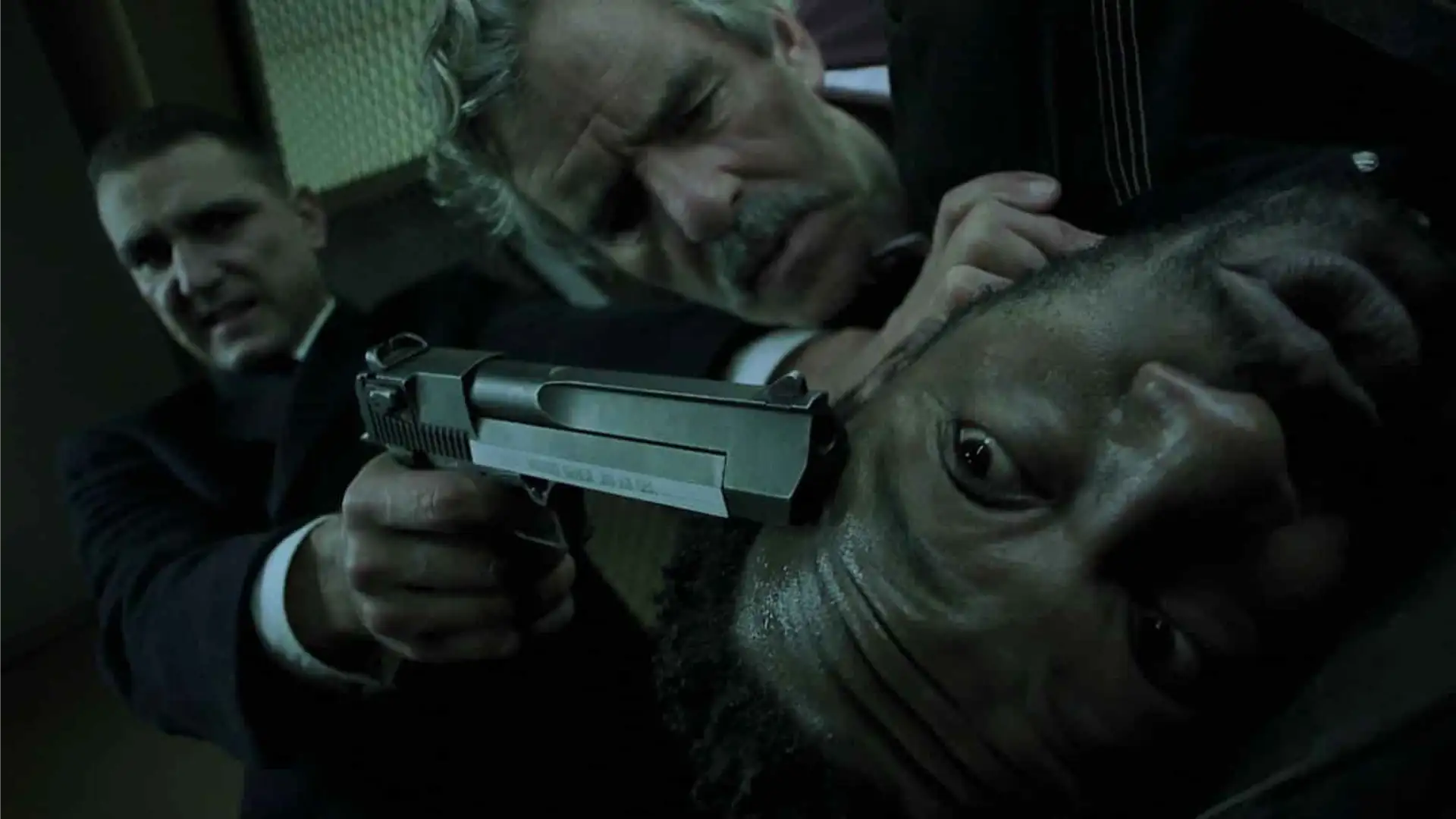Documentaries are windows to show us some real stories and events that are worth watching. But they are a form of films that don’t benefit from fantasy and imagination as much as other types of films so they might be stuck in the boring trap. Today we want to see how we can get them off that trap and make them as attractive as a fictional film.
Overlooking the Story
A documentary film is not a scripted one that’s what we all know, but it doesn’t mean its story can not follow a creative structure. One way to make sure your doc film will not end up boring is to overlook the story in pre-production and try to choose a creative storytelling method to tell it. Instead of stitching the pieces of story you’ve shot in the post and trying to get something out of it, it’s better to plan the shooting based on the narrative structure you want to use. Whether it’s telling the story in a non-chronological order, or dividing it into meaningful chapters, or looking through the story from a character’s point of view, it’s way better when you have a special structure to tell that story and expose it in a more appealing way.

Embedding Music
Music is the rhythm of a film if used correctly. So the first impact of using good/suitable music for your documentary film is to give it a nice rhythm that brings it out of the boring area and adds extra layers to it. Another use of music in a documentary is helping the audiences understand the feeling of things in a way that you want them to. A professional perspective toward using music for a film is to have a composer create some pieces of music specifically for your film, like what Hans Zimmer and his colleagues did for the Blue Planet II. But having a composer to do the music for your project means extra budget so instead of that, you can find music that suits your story to evolve it tastefully but you got to be very selective for that.

Using a Narrator
Another way to add up to your documentary film is to have someone narrate the story for your audience. You can use it in combination with the interviews or even make the narrator the only person who talks in your film. You can also use one of the characters of the story to do the narration in some parts. One common trick to use in some big-budget documentaries is to use a famous voice for the narration part to make it even more interesting. A good example of that is the documentary film African Cats featuring Samuel L. Jackson as the narrator that added up some value to the film with his special narration style.

Recreating Stories
Sometimes the story you’re telling doesn’t provide you the opportunity to find or capture enough footage of it, especially when you’re making a film about a historical event. So what you can do in situations like this to make it interesting and understandable is to recreate some parts of the story to fill your film with enough footage of it. Of course, it has its own difficulties as somehow it makes it like you’re doing two projects, but if done properly it totally worth it. Viewers don’t like to just hear the story from an interviewer but they want to see what was it like when it happened and get the feeling of it. So try to recreate important missing parts of the story with some actors and similar locations to visualize it better.
Spicing It Up
Last but not least is to add some visual elements like animation, stop motion, illustration, texts, and stuff like this to explain what’s are you talking about a bit more. Although we take visualization as an extra layer for your film it’s a necessity for some types of documentaries that provides a lot of data about something in the story. Creative lower thirds and titles you add to your story can also help the audience understand the connection between places or events and also the positions of the characters in it. So if you hit that creative line and try to raise the bar, no documentary film has to be boring and the story you saw some value in it will receive the attention it deserves.



